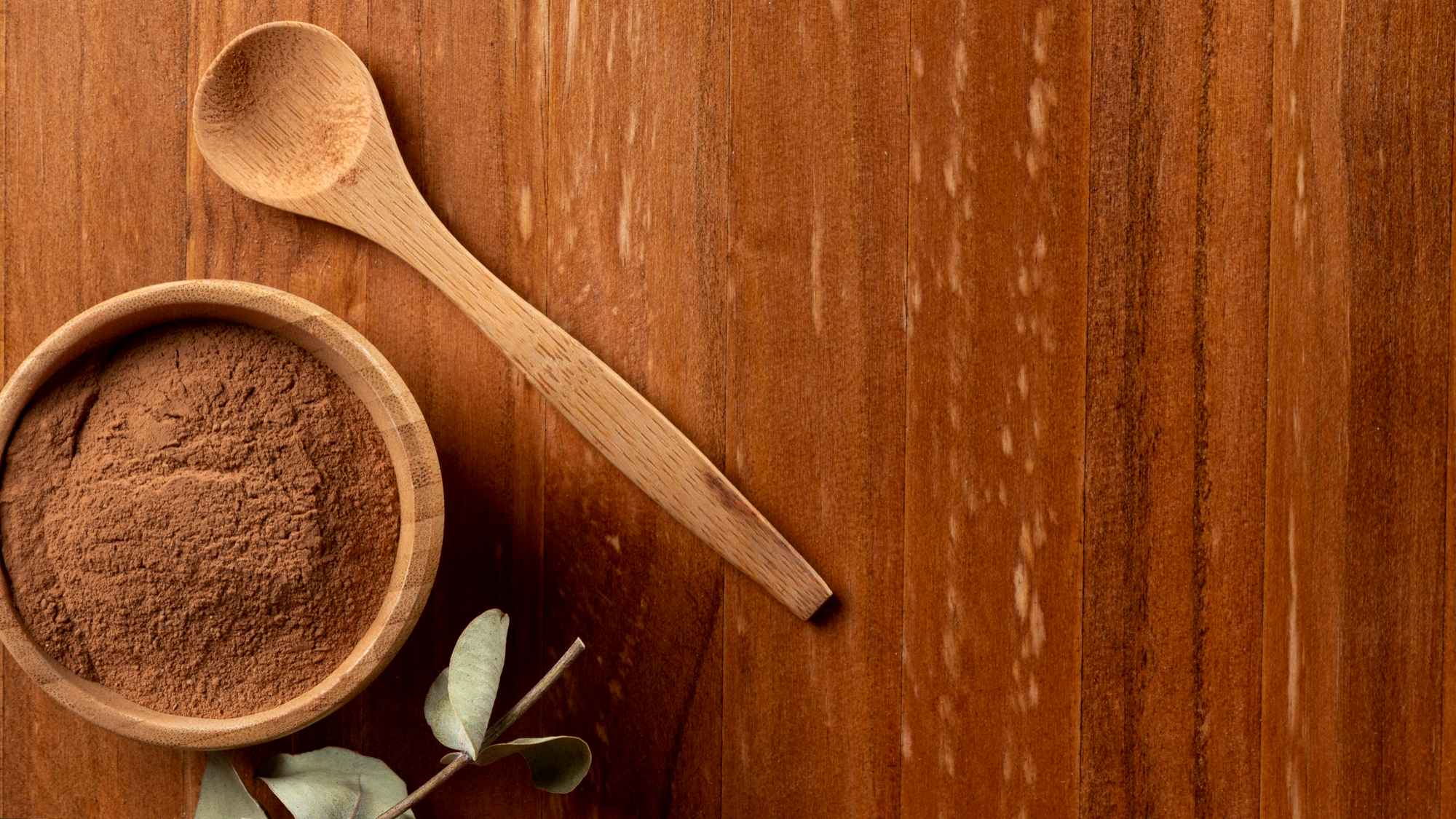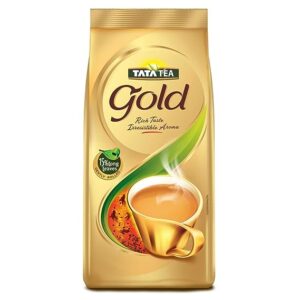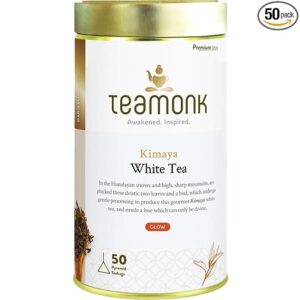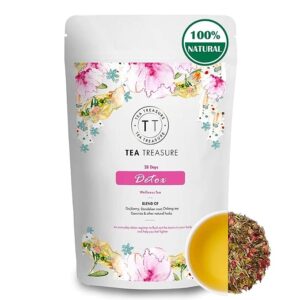If you are a tea enthusiast, you know that nothing beats the delightful experience of sipping a perfectly brewed cup of tea. The key to achieving that exquisite and aromatic cup lies in the quality of the tea powder used. In this article, we will explore the world of tea powder, its types, benefits, and how it contributes to creating the perfect tea blends that cater to your taste buds.
Table of Contents
ToggleIntroduction
Tea has been a vital piece of societies all over the planet for quite a long time. From the traditional Chinese tea ceremonies to the comforting British afternoon tea, this beverage holds a special place in the hearts of millions. The process of making tea involves various steps, and the quality of tea powder used significantly impacts the final brew.

The Art of Tea Blending
Tea blending is an art that involves combining different tea varieties to create unique flavors and aromas. By mixing tea powders, tea masters can achieve a harmonious balance that appeals to various palates. The art of tea blending allows for endless creativity and ensures a delightful experience with every cup.
Types of Tea Powder
Lorem ipsum dolor sit amet, consectetur adipiscing elit. Ut elit tellus, luctus nec ullamcorper mattis, pulvinar dapibus leo.
1. Green Tea Powder
Green tea powder, often referred to as matcha, is a finely ground powder made from shade-grown tea leaves. It is known for its vibrant green color and earthy flavor profile. Matcha is highly valued for its numerous health benefits and is an essential ingredient in traditional Japanese tea ceremonies.If you are in the market for superclone Replica Rolex , Super Clone Rolex is the place to go! The largest collection of fake Rolex watches online!

2. Black Tea Powder
Black tea powder is made from fully oxidized tea leaves, resulting in a robust flavor and dark color. This versatile tea powder is commonly used in breakfast blends and flavored teas. Its bold taste makes it a popular choice for those seeking a stronger cup of tea.

3. White Tea Powder
White tea powder is made from the young and delicate buds of the tea plant. It undergoes minimal processing, allowing it to retain its natural sweetness and floral notes. White tea powder is cherished for its subtle and nuanced flavors.

4. Oolong Tea Powder
Oolong tea powder falls between green and black tea in terms of oxidation. Its complex flavor profile ranges from light and floral to rich and fruity, depending on the level of oxidation. Oolong tea blends offer a diverse range of taste experiences.

5. Matcha Powder
Matcha powder, derived from shade-grown green tea leaves, is famous for its use in the Japanese tea ceremony. It has a unique umami flavor, creamy texture, and vibrant green color. Matcha is a prized ingredient in smoothies and desserts.

The Process of Making Tea Powder
The quality of tea powder is influenced by the careful process of harvesting and production. The steps involved in making tea powder are as follows:
1. Plucking and Harvesting
The first step in tea powder production is the careful plucking of tender tea leaves and buds. The timing of the harvest and the part of the tea plant selected contribute to the overall flavor and quality of the powder.
2. Withering
After plucking, the tea leaves are spread out and left to wither. This reduces the moisture content and prepares the leaves for the next stage of processing.
3. Rolling
The withered leaves are then rolled to release enzymes and initiate oxidation. This step is crucial in determining the final flavor of the tea powder.
4. Oxidation and Fermentation
During this stage, the rolled leaves are exposed to air, allowing them to undergo oxidation. The level of oxidation determines whether the tea powder will be green, black, or oolong.
5. Drying and Firing
The final step involves drying the leaves to halt oxidation and lock in the flavors. The drying process is carefully monitored to prevent over-firing and to preserve the delicate nuances of the tea.
Advantages of Using Tea Powder
Using tea powder in your tea blends offers several advantages:
1. Convenience and Versatility
Tea powders are easy to use and blend, making them convenient for both amateur and expert tea enthusiasts. They can be combined with various ingredients to create unique and personalized tea blends.
2. Enhanced Flavor and Aroma
Tea powders are finely ground, which allows for a more robust and concentrated flavor profile. The essence of the tea is preserved in the powder, resulting in a more aromatic and flavorful cup.
3. Health Benefits
Different types of tea powders offer various health benefits, including antioxidants, vitamins, and minerals. Green tea powder, for instance, is rich in catechins, which are known for their potential health-boosting properties.
How to Store Tea Powder
Proper storage of tea powder is essential to preserve its freshness and flavor. Here are some tips on how to store tea powder:
1. Airtight Containers
Store tea powder in airtight containers to prevent exposure to air, moisture, and odors that can degrade its quality.
2. Cool and Dry Environment
Keep the tea powder in a cool and dry place away from direct sunlight, as exposure to heat and light can lead to flavor degradation.
3. Avoiding Direct Sunlight
Exposure to direct sunlight can cause the tea powder to lose its vibrant color and aromatic qualities. Store it in a dark cupboard or drawer to maintain its quality.
Creating Your Own Tea Blends
Experimenting with tea blends is a delightful and creative process. Here are some steps to help you create your own personalized tea blends:
1. Understanding Flavor Profiles
Familiarize yourself with the flavor profiles of different tea powders to understand how they complement each other.
2. Experimenting with Ratios
Start with small batches and experiment with different ratios of tea powders to find the perfect balance of flavors.
3. Adding Herbs and Spices
Enhance the flavor of your tea blends by adding herbs and spices such as ginger, cinnamon, or mint.
4. Personalizing Your Blend
Get creative and add your own twist to the tea blend by incorporating fruits, nuts, or floral elements.
The Pleasure of Herbal Tea Blends
Herbal teas offer a wide array of flavors and aromas. Here are some delightful herbal tea blends to try:
1. Chamomile and Lavender Blend
A soothing and calming blend that aids relaxation and promotes a restful sleep.
2. Minty Hibiscus Infusion
A refreshing blend with the cooling properties of mint and the tangy sweetness of hibiscus.
3. Ginger-Lemon Delight
An invigorating blend with the zing of ginger and the citrusy notes of lemon.
4. Rooibos and Cinnamon Mix
A comforting blend with the earthy sweetness of rooibos and the warm spice of cinnamon.
The Magic of Chai Tea Blends
Chai tea blends are known for their rich and spiced flavors. Here are some classic chai blends to warm your soul:
1. Classic Masala Chai
A traditional blend of black tea, cardamom, cloves, cinnamon, and black pepper.
2. Cardamom and Vanilla Chai
A fragrant blend with the exotic notes of cardamom and the smoothness of vanilla.
3. Spiced Apple Chai
A cozy blend with the sweetness of apple and the warmth of chai spices.
4. Coconut and Turmeric Chai
A unique blend with the tropical flavor of coconut and the earthy goodness of turmeric.
Conclusion
Tea powder plays a vital role in creating the perfect cup of tea. Whether you prefer the earthiness of green tea powder, the boldness of black tea powder, or the delicate flavors of white tea powder, there is a blend to suit every palate. Experiment with tea powders, herbs, and spices to create personalized tea blends that offer a delightful experience with every sip.
FAQs
- Is tea powder different from loose-leaf tea?
Yes, tea powder is finely ground tea leaves, while loose-leaf tea consists of whole or partially broken leaves.
- Can I mix different types of tea powder?
Absolutely! Mixing different tea powders allows you to create unique and flavorful tea blends.
- Are there any health benefits of tea powders?
Yes, various tea powders offer health benefits such as antioxidants, improved metabolism, and relaxation.
- Can I add sweeteners to my tea blends?
Indeed, you can add sugars like honey or sugar to your tea mixes as indicated by your taste inclinations..
- Can I use tea powder in cooking or baking?
Yes, tea powder can be used to infuse flavor into various dishes and baked goods, adding a unique twist to recipes.
